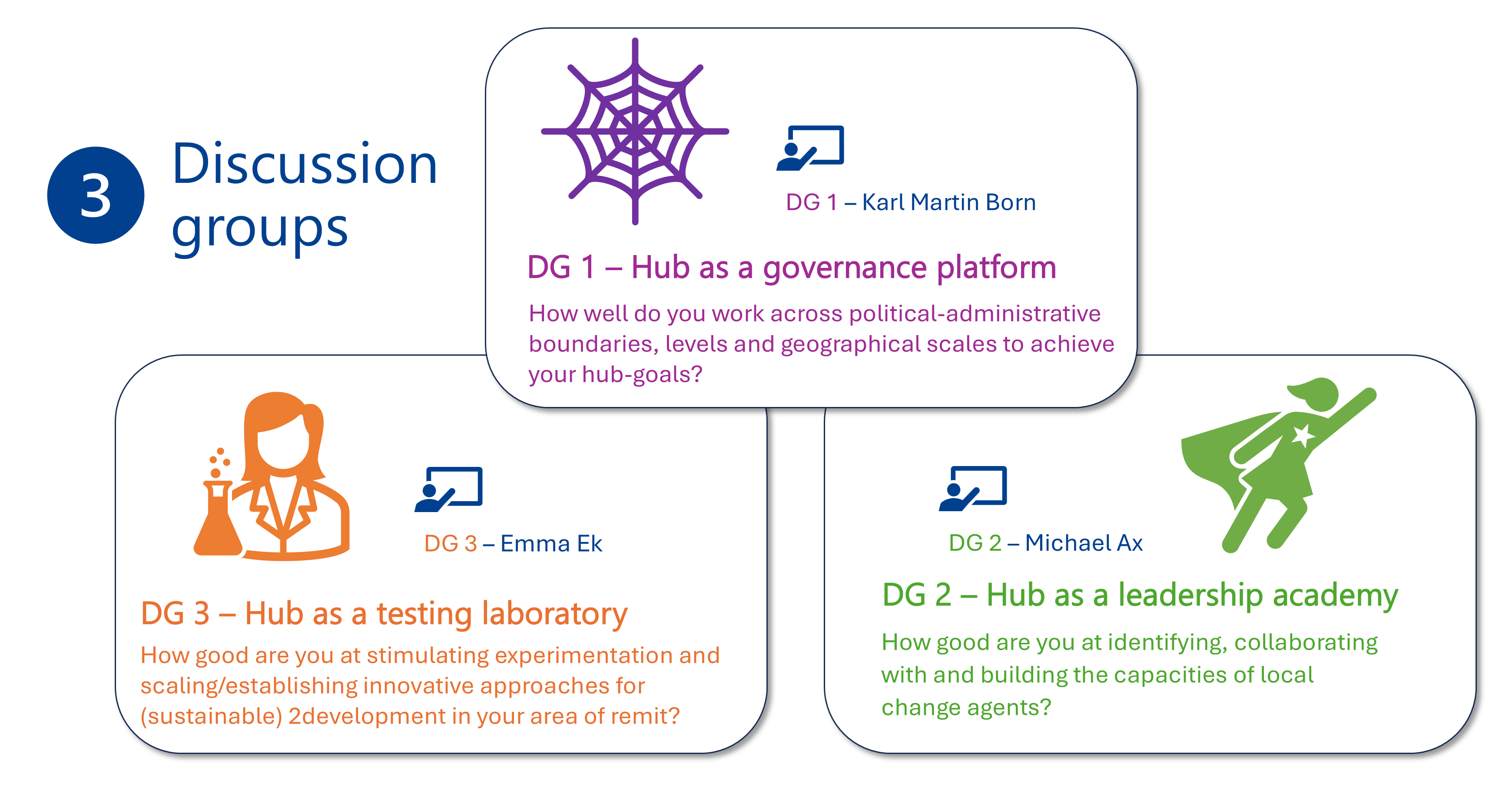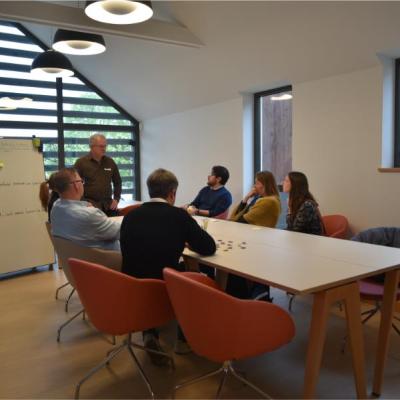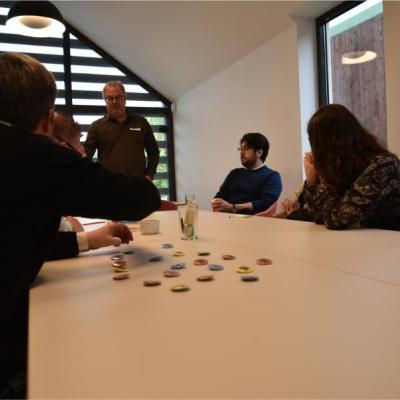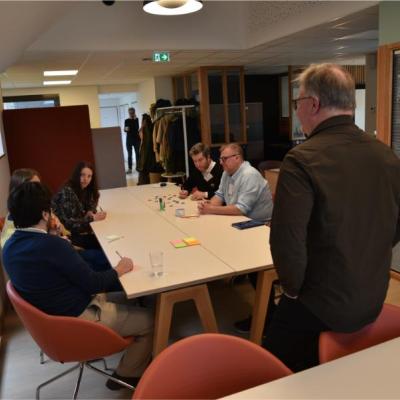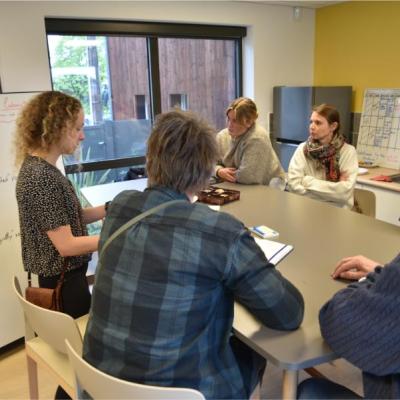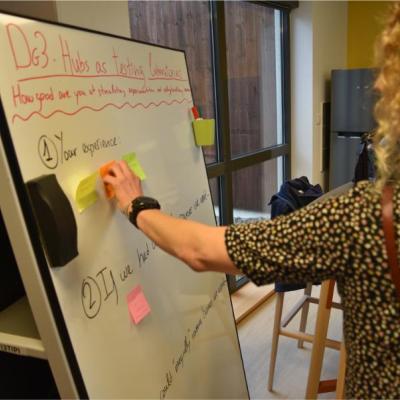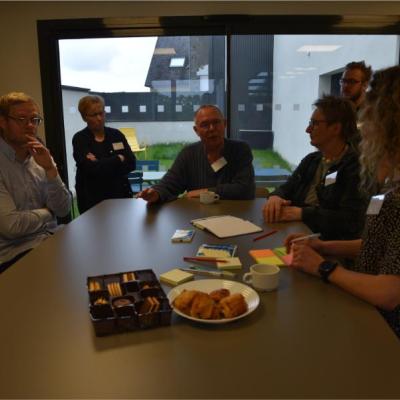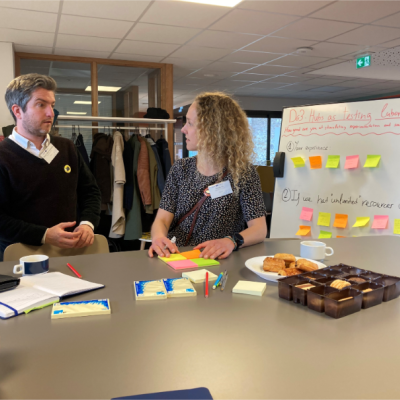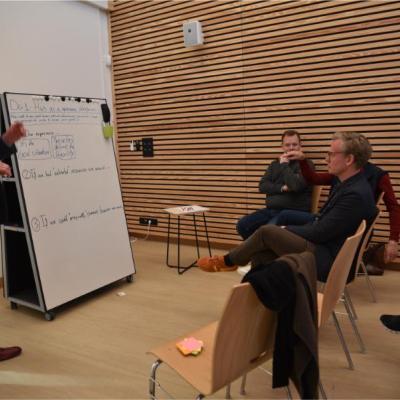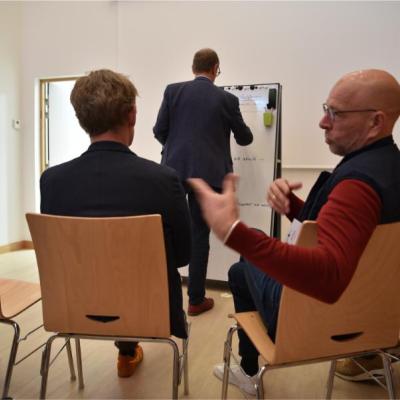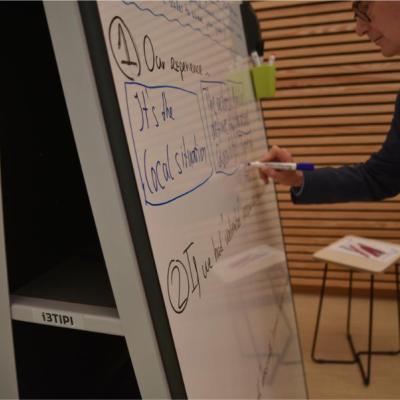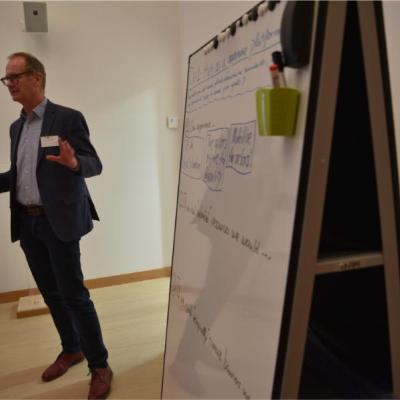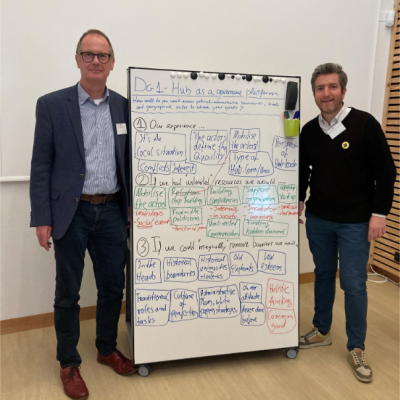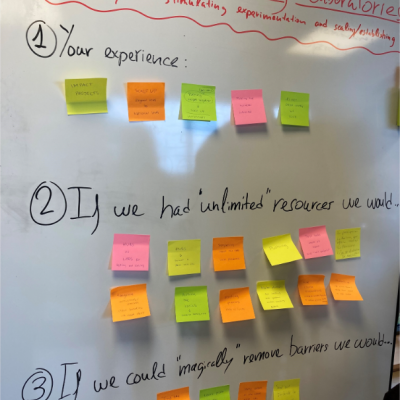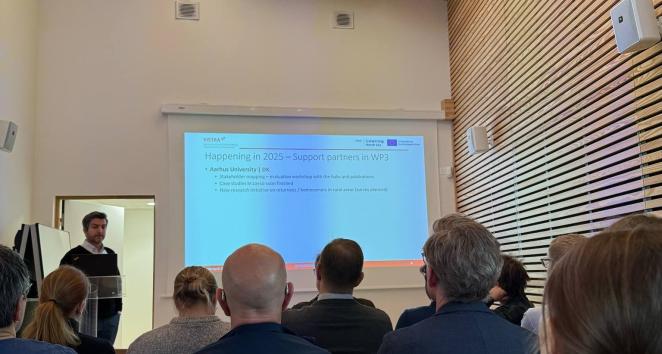
The workshop was facilitated by Dr. Alistair Adam Hernández
Workshop Recap
The SIRR Workshop at the Annual Partnership Conference in Louvigné du Desert brought together all project partners to explore and advance the concept of Territorial Transformative Capacity (TTC) — the ability of rural and coastal areas to drive sustainable, innovative change through collaboration and local leadership. The SIRR Pilot Hubs position themselves at the center of these efforts, enabling change through constant connection and collaboration with local and regional stakeholders.
Key highlights included
- Updates from Pilot Hubs in France, Denmark, Sweden, and Germany on stakeholder engagement, student involvement, and new research initiatives
- Introduction of TTC as a guiding framework to evaluate and support local innovation, smart specialisation, and resilience
- Presentation of a draft analytical framework with eight dimensions to help Hubs assess and strengthen their transformative role
- Interactive group discussions on hubs as governance platforms, leadership academies, and testing labs for sustainable development
The workshop encouraged participants to think beyond the everyday limitations of SIRR Hubs in their operations and to envision their role under optimal conditions, where budgets, staff, infrastructure, or local power struggles would barely limit their actions. The results emphasised the importance of co-creation, experimentation, and place-based leadership as essential aspects for shaping stronger, more cohesive rural futures.
TTC is about empowering local communities to lead change—by connecting people and organisations, sharing knowledge, and creating solutions that fit their place
What is Territorial Transformative Capacity (TTC)?
Transformative capacity is the ability of a territory-based system (inclusive of physical and human dimensions) to reconfigure and move towards a new and more sustainable state. In terms of territorial governance, it serves as an indicator or predictor of the ability of a dynamic constellation of public and private actors to steer territorial development in a radically different direction from historical pathways.
Adapted from Wolfram (2016) and Castán Broto et al. (2019)
